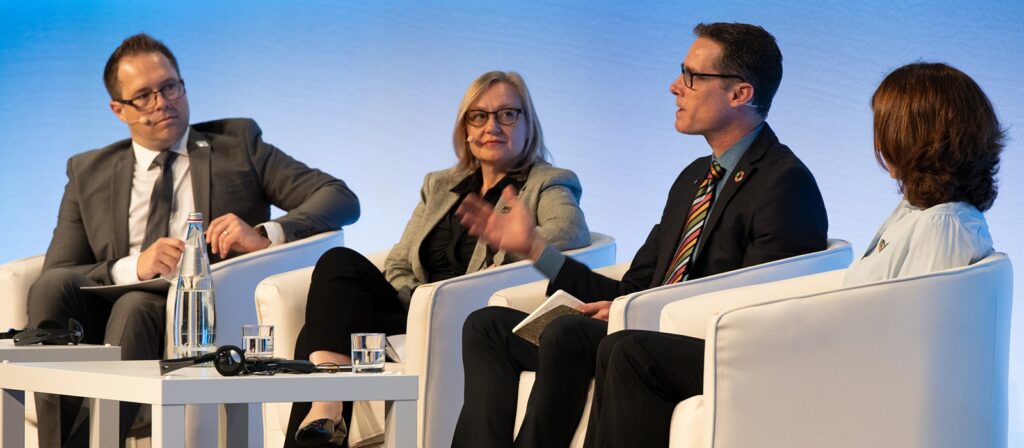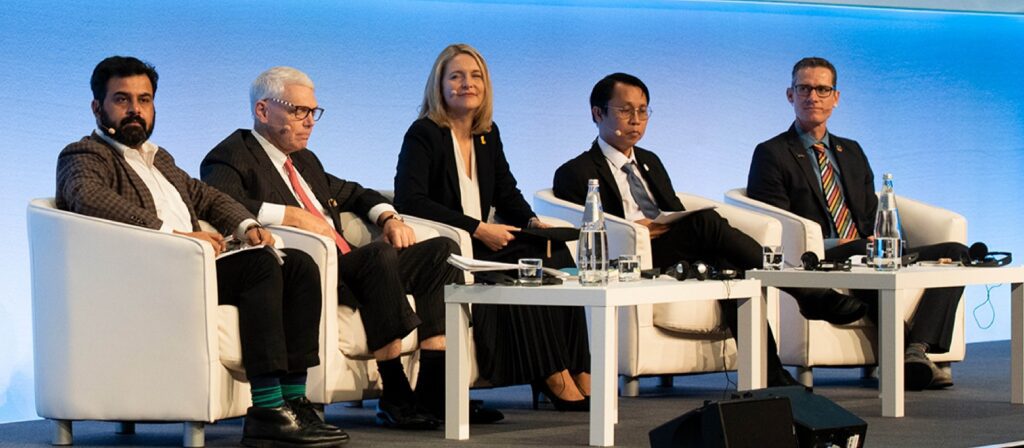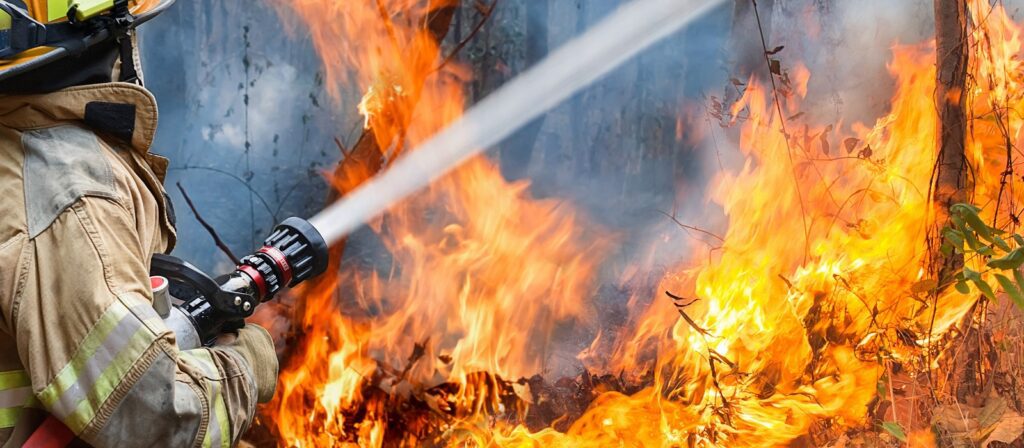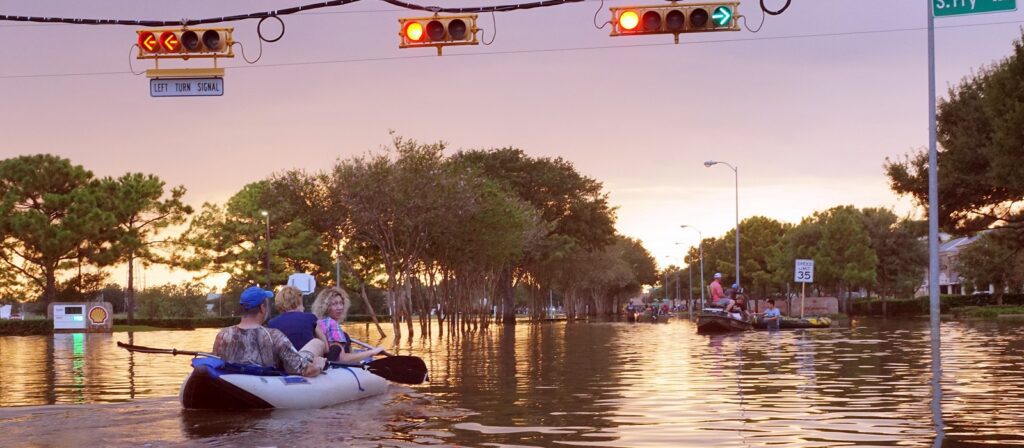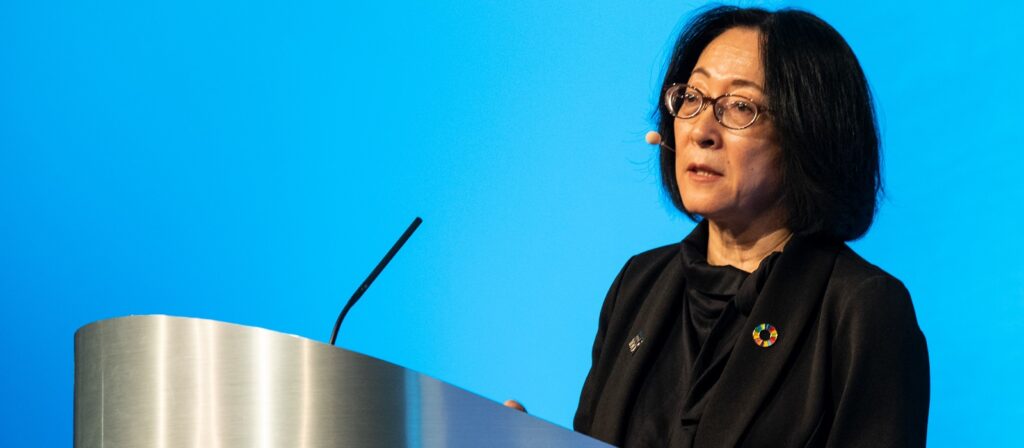In November 2019, ICMIF and the UNDRR began a multi-year collaboration to help address the urgent challenge of reducing disaster risks. The result of this bore the report From protection to prevention: The role of cooperative and mutual insurance in disaster risk reduction that identified what is needed in practical terms to enable a shift within the insurance industry from a focus on providing risk transfer products and services as a means to protect the insured from disaster risks, to an emphasis on prevention through disaster risk reduction incentives, awareness, capacity and financing.
Since 2022, ICMIF has been working with members to develop the ICMIF Resiliency Benchmark survey to gather case studies and data to benchmark members against themselves the seven mechanisms framework.
Direct mechanisms – for insurance products to reduce disaster risks:
- Pricing – Apply variable pricing of insurance to provide incentives for risk reduction.
- Prerequisites – Include prerequisites and exemptions to provide incentives for risk reduction.
- Investments – Ensure investment reduces and prevents risk and builds resilience.
Indirect mechanisms – for insurance providers to reduce disaster risks:
- Awareness & Advice – Raise awareness of the systemic nature of risks and provide transparent information and advice for reducing hazards, exposure, and vulnerability.
- Social Capital – Build and share capacity and technology for risk modelling, analysis and monitoring.
- Modelling & Data – Promote and enhance local social capital for responding to disasters and innovating to reduce risks.
- Collaboration – Collaborate with the public sector to signal unsustainable development and support decision-making towards disaster risk reduction and risk-informed investment while closing protection gaps.

